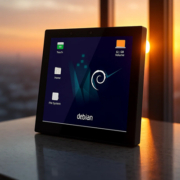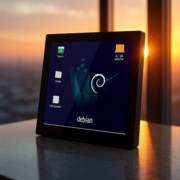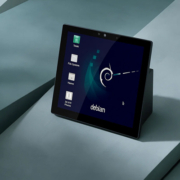What Is the Purpose of the Raspberry Pi?
The Raspberry Pi is a small, affordable, and highly versatile single-board computer originally designed to promote computer science education. However, since its launch in 2012, the Raspberry Pi has become a cornerstone of DIY electronics, home automation, robotics, and even professional industrial systems. This article explores the purpose of the Raspberry Pi, its applications, and why it remains such a powerful tool in tech innovation.
1. Education and Learning
The original purpose of the Raspberry Pi was to teach programming and computer science to students and beginners. It supports languages like Python, Scratch, Java, and C++, making it an ideal tool for learning:
- Basic programming concepts
- Linux operating systems
- Networking and cybersecurity basics
- IoT and hardware control
Schools, coding bootcamps, and makerspaces often use Raspberry Pi devices to teach computing in an engaging, hands-on way.
2. DIY Projects and Hobbyist Use
Raspberry Pi has been adopted widely by hobbyists to build creative DIY electronics projects, such as:
- Retro game consoles (using RetroPie)
- Smart mirrors
- Custom weather stations
- LED displays and art installations
- Home automation hubs
The GPIO (General Purpose Input/Output) pins allow it to connect with sensors, buttons, motors, and other electronics—making it perfect for tinkering and prototyping.
3. Smart Home and Automation
One of the fastest-growing purposes for the Raspberry Pi is in home automation. It can be used as the brain of a smart home control panel, integrating with platforms like:
- Home Assistant
- OpenHAB
- Domoticz
- Node-RED
You can control lights, temperature, security cameras, smart locks, and more from a custom dashboard hosted on a Raspberry Pi. This gives users complete control without relying on cloud services or expensive proprietary systems.
4. Media Center and Entertainment
The Raspberry Pi can turn any screen into a smart TV. With software like Kodi or Plex, it becomes a full-featured media center that can:
- Stream videos and music
- Play movies from local storage or NAS
- Host a personal media server
This use case is especially popular with Raspberry Pi 4 and 5 due to their improved performance and 4K video output.
5. Server and Network Applications
Despite its small size, a Raspberry Pi can function as a lightweight server:
- Web server (Apache, Nginx)
- File or FTP server
- VPN server
- Ad-blocking DNS (Pi-hole)
- Private cloud storage (Nextcloud)
This makes it an excellent tool for developers or privacy-conscious users who want control over their digital environment.
6. Industrial and Commercial Uses
Beyond education and hobbyist projects, Raspberry Pi is used in industrial control systems, kiosks, digital signage, and even smart control panels. Manufacturers like Portworld offer commercial-grade smart home control panels, but prototyping often starts with a Raspberry Pi because of its flexibility and low cost.
7. Robotics and AI
Thanks to its small form factor and support for Python and machine learning libraries, Raspberry Pi is often used in robotics:
- Autonomous vehicles
- Drone control
- Face and object detection
- Sensor fusion and decision-making systems
When combined with the Raspberry Pi Camera Module and tools like TensorFlow Lite, it becomes a powerful edge computing device.
8. Experimentation and Innovation
Because Raspberry Pi is open, inexpensive, and flexible, it’s a catalyst for innovation. From citizen science projects to low-cost medical devices and agricultural automation, its uses are limited only by imagination.
The purpose of the Raspberry Pi goes far beyond its initial mission to support computer science education. Today, it’s an essential platform for learning, prototyping, automation, entertainment, and innovation. Whether you’re building a smart home control panel, teaching coding to students, or launching an IoT startup, the Raspberry Pi provides an accessible, powerful, and reliable computing platform.










